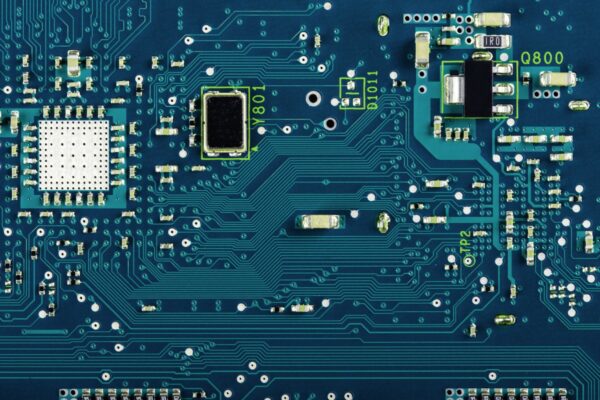What is Cure
In the PCB industry, the term “cure” refers to the process of chemically hardening a material, such as epoxy-based soldermask or silkscreen, using specific temperature and time parameters. This process ensures that the mask and silk adhere firmly to the base material, making them resistant to removal once cured.
Additionally, in the context of conformal coatings, “cure” refers to the process of solidifying the coating to provide protection and insulation for printed circuit boards. There are various cure mechanisms utilized in the industry, including heat cure, moisture/condensation cure, UV cure, oxidative cure, and catalytic cure.
Heat cure involves subjecting the coating to elevated temperatures to initiate and accelerate the curing process. Moisture/condensation cure relies on ambient moisture or condensation to facilitate the curing process. UV cure coatings utilize UV light to initiate and expedite curing, often supplemented with secondary cure mechanisms for areas not directly exposed to UV light. Oxidative cure relies on atmospheric oxygen to initiate and facilitate curing, while catalytic cure involves a two-part material system that triggers the reaction and curing process upon mixing.
The choice of cure mechanism depends on the specific requirements and characteristics of the coatings being used. Each mechanism offers distinct advantages and considerations, such as curing time, chemical resistance, and flexibility during thermal changes. By understanding and implementing the appropriate cure process, the PCB industry ensures the durability and functionality of coatings and materials used in the manufacturing and protection of printed circuit boards.





